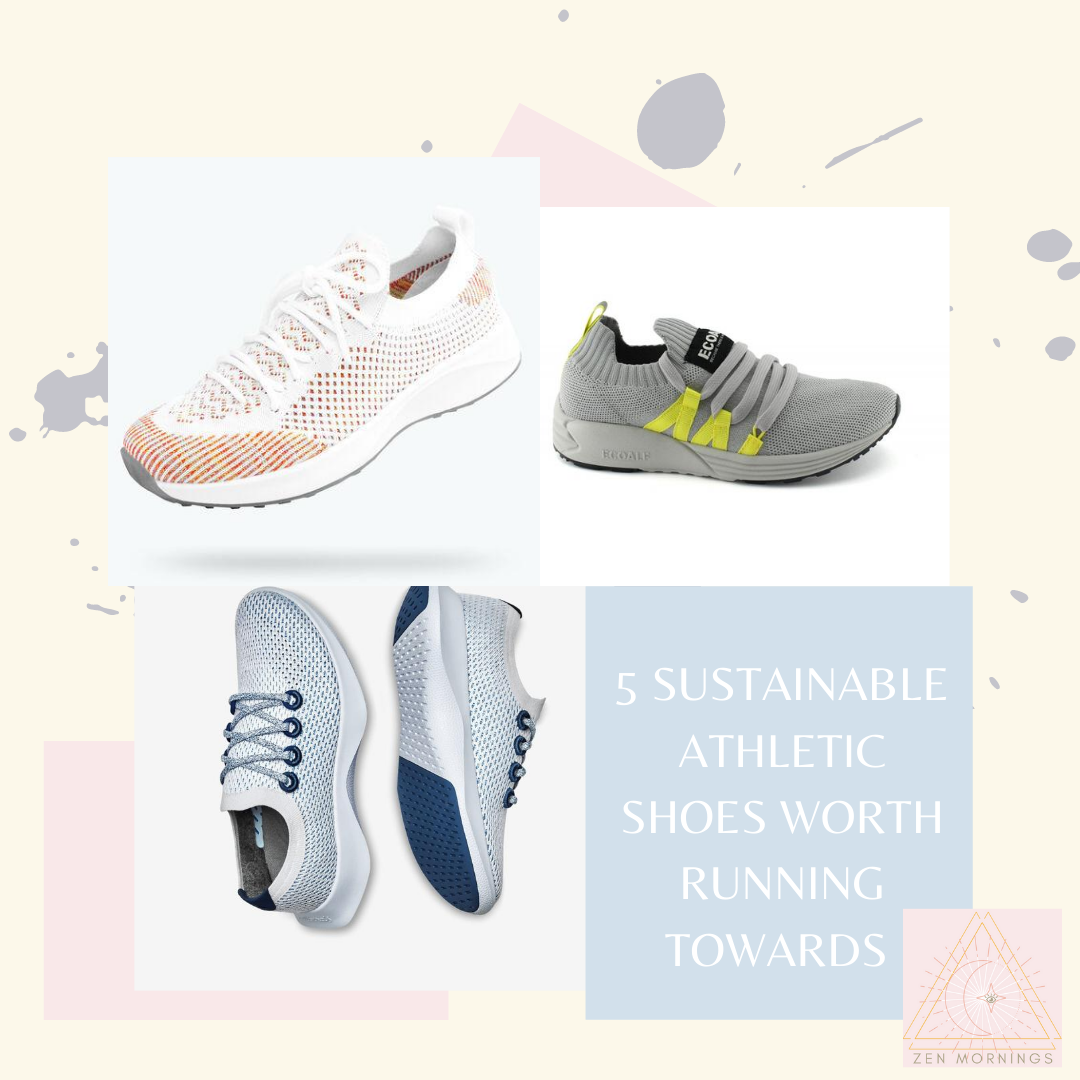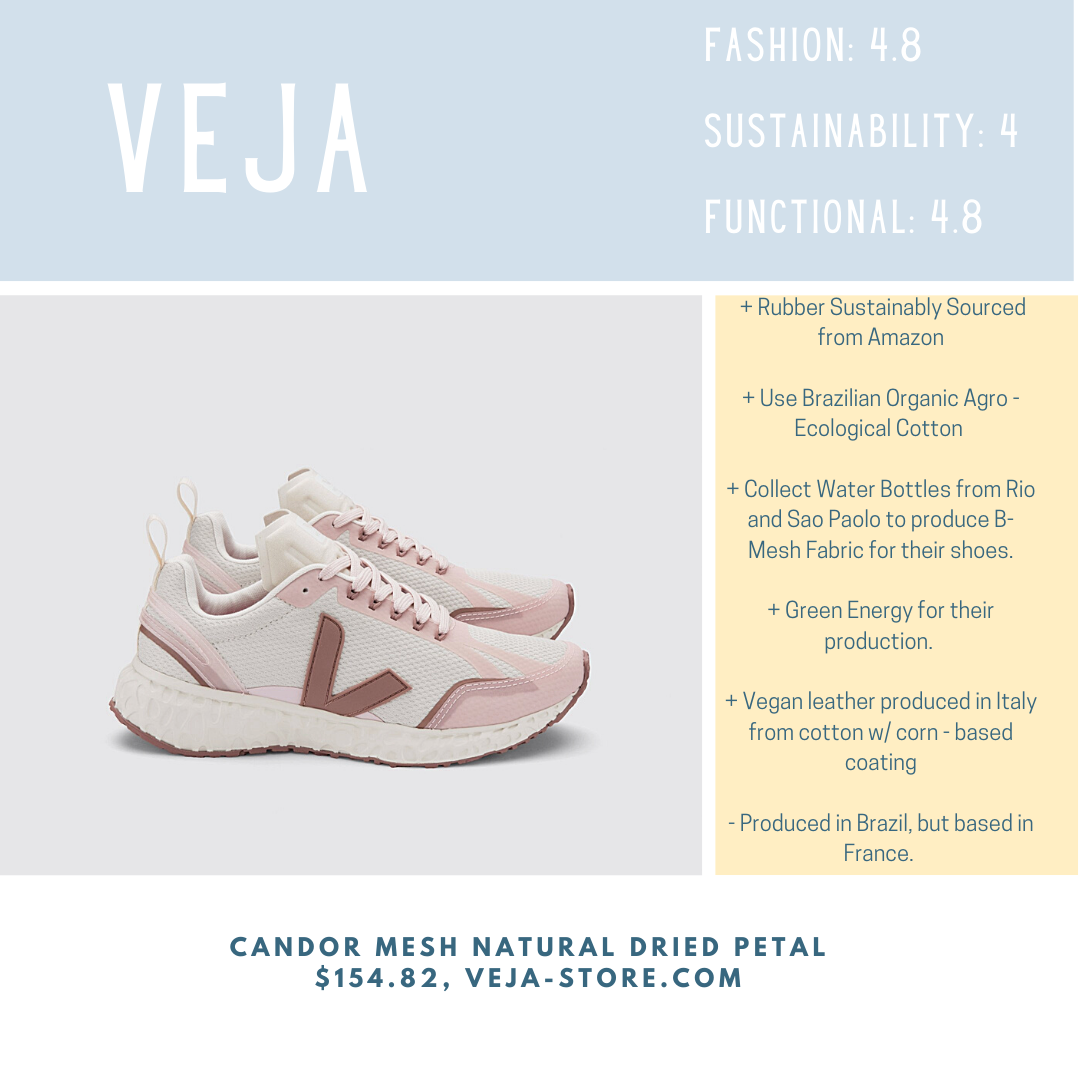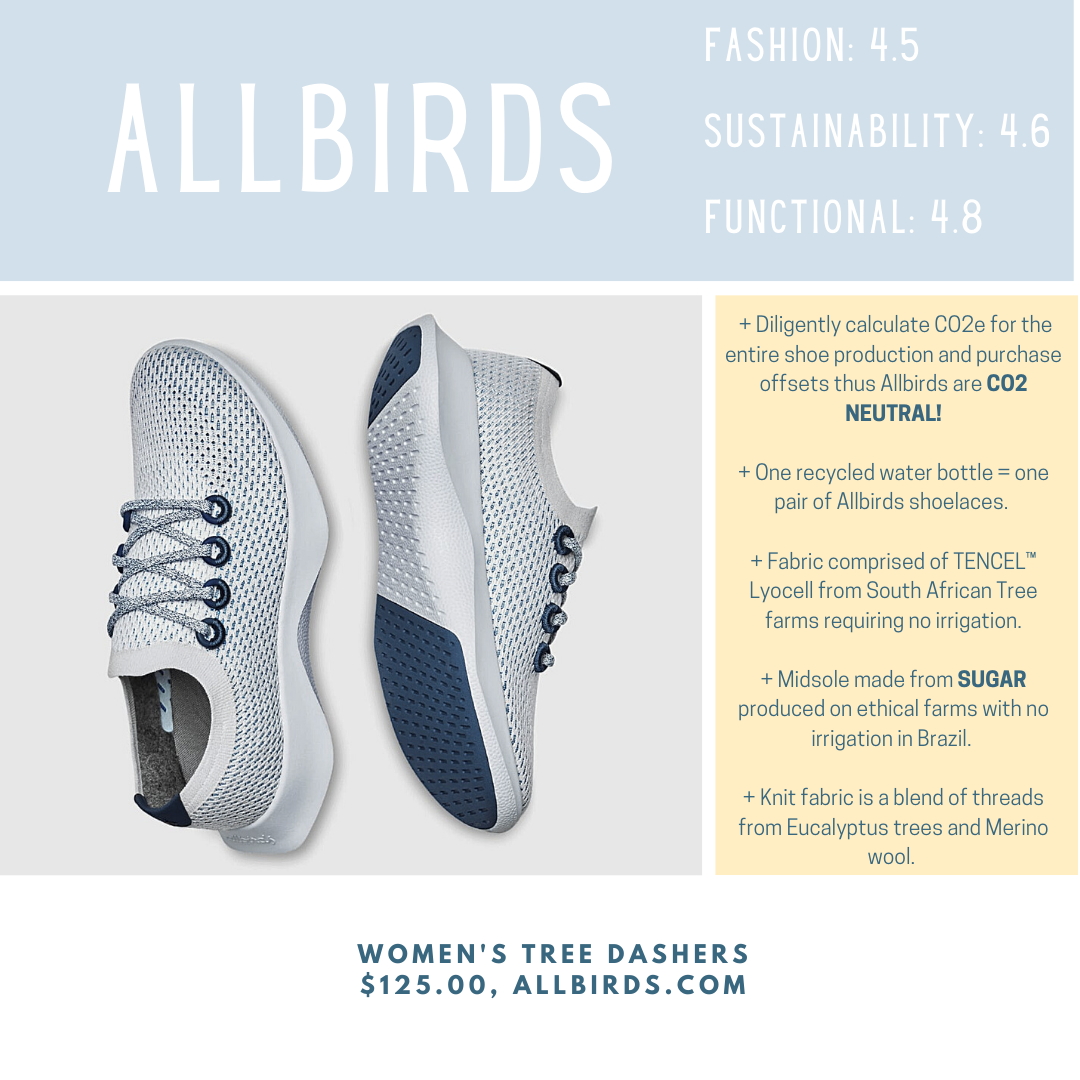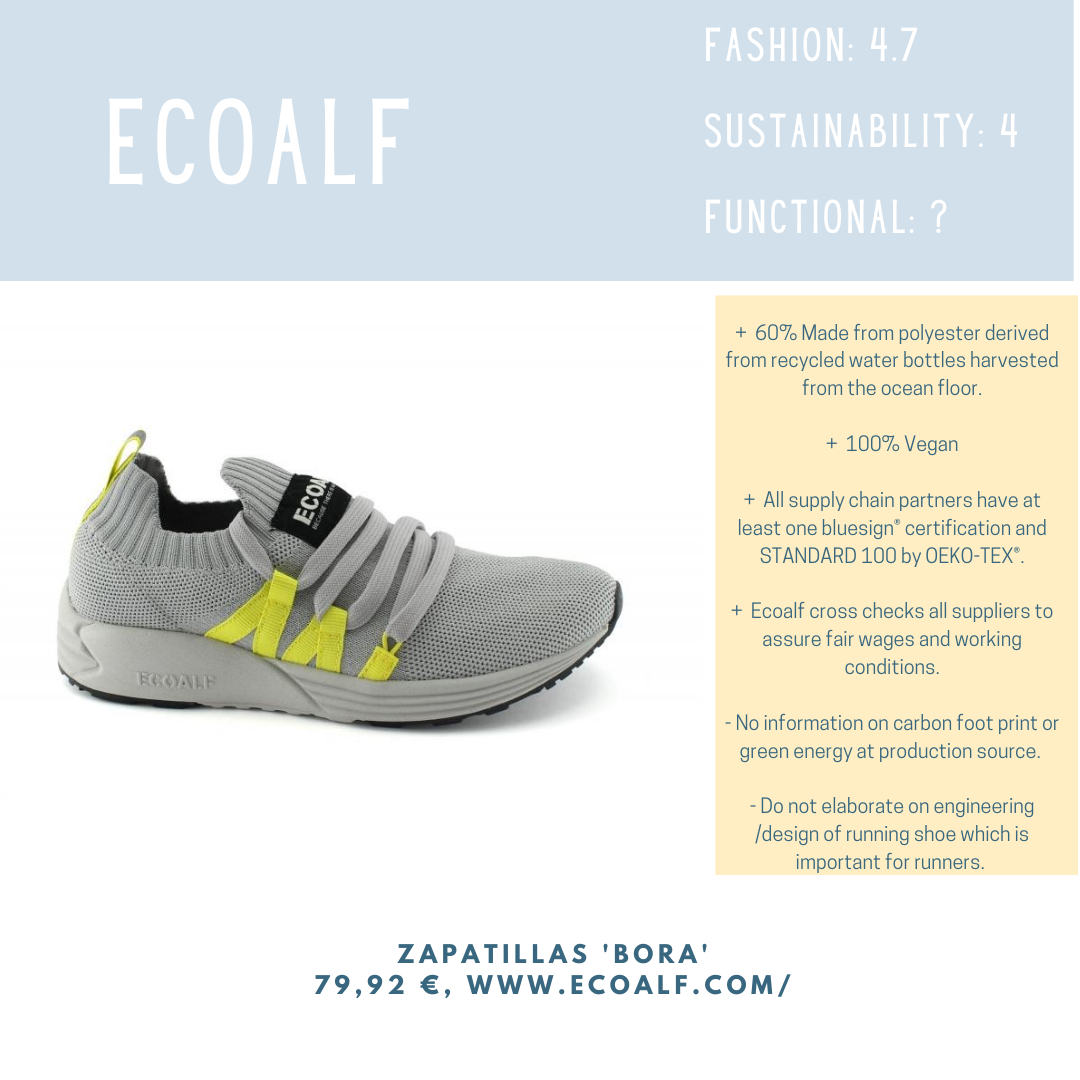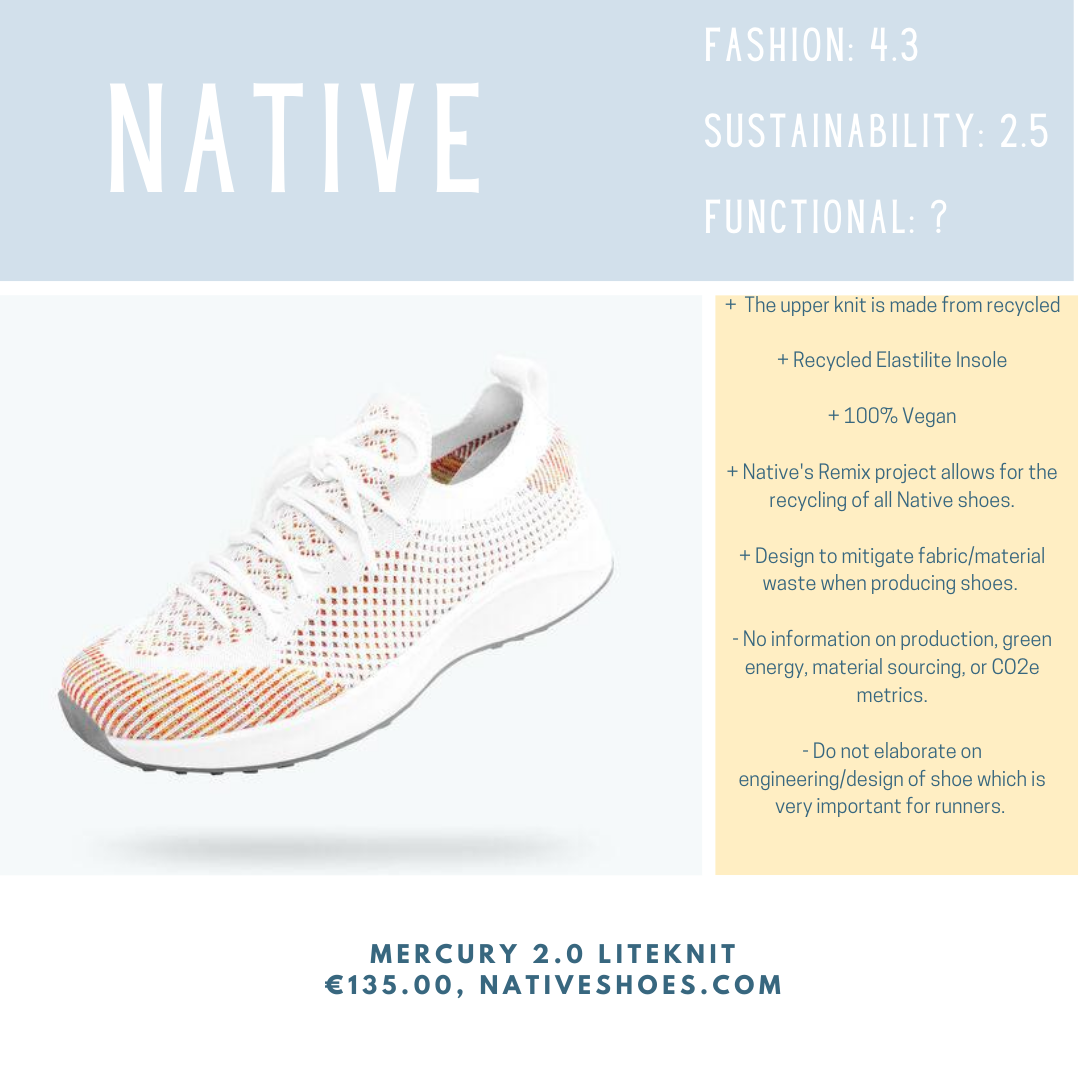Sustainable Running Shoes
It’s Late-July 2020, and I am pretty sure I purchased my running shoes mid – July circa 2018. They are roughly 2 years old and have trained with me through one half – marathon, countless spin classes, bi – weekly walks at the Stanford dish, hours at Virgin Active, errand - ing, Blogilates during quarantine, and 5-mile jaunts around Sempione Park here in Milan. In short, my Brooks have served me well. While I do not want to part ways, I must as they are falling apart and no longer offer the support or road traction I need. (Yes, I am starting to slip and slide during my workouts.)
Ideally, I would love to re-sole these running shoes as the cloth part is perfectly intact, but I have yet to find a company that offers such a service. To shoe companies out there… run with this idea! To entrepreneurs … make this happen! To you, my readers, if you know of such a company please leave the name in the comments below.
Running Shoe Re – Cycling
My first sustainable option does not exist, so my second option is to donate my running shoes for up-cycling and replace with a sustainable pair.
Living in Milan, I have yet to find many sustainably focused companies or resources. In fact, it is something that irks me on the inside a bit. Not sure if I am simply not looking in the right places, or … or I simply do not know. Regardless, in my not so sustainable city I was very excited to discover Esosport, an Italian recycling organization founded by Nicolas Meletiou, an avid runner and recycling expert. Esosport converts running shoes or any shoe with a rubber sole into material for playgrounds around Italy. Esosport has convenient drop-off points around the city which makes this extremely easy, and if you have any questions, their amazing team is diligent at answering all of them via e - mail. Did I mention this is 100% free to do?!
I plan to drop my Brooks off once my new pair of sustainable tennis shoes arrive, and yes I will take you along for the drop - off process.
For those of you living in the States, I recommend MORE Foundation who has partnered with many running stores, wellness companies, and businesses to collect used tennis shoes which are sold at a low price in developing countries. The sales are then used to fund MORE’s Million Tree Project through which they cultivate, distribute, and plant seeds throughout Ghana … they believe that over the decade they will be able to reforest all of Ghana which is something worth running towards!
An alternate to MORE Foundation is the Nike Reuse – A – Shoe project through which you simply drop your used trainers at a participating Nike retailer and they re – use the content of the shoes.
The Sustainable Running Shoe Edit
Feeling good about finding a home for my used running shoes, I moved on to the shopping phase, and am happy to share the results of my through sustainable running shoe research with you. What an eye opening experience this was! Literally immense … first off the vast number of green certifications available for all levels of the manufacturing and materials, second I quickly learned running shoes are comprised of many parts all of which have separate materials and manufacturing processes causing them to be flown all over the world, third carbon footprints are a big wow (see wow factor stats below), and last the overall lack of transparency with in the shoe industry … the more I learned the more questions I had and curious I became.
Ultimately, sustainable running shoes seem to have roughly a 30 to 50% decrease in carbon emissions than the traditional pair. I say ‘seem’ because it is pretty hard to track down the full CO2e including delivery. While purchasing an eco - pair of shoes is a better option than traditional from an environmental standpoint, what is even more important is the durability of the product such that we do not need to replace them as frequently.
A few stats about running shoes that shocked me and clarify why durability is SOO important:
According to World Foot Wear, 23 Billion pairs of sneakers are made every year. 7.5 Billion people inhabit the earth, SO that’s roughly 3 pairs of sneakers per person per year.
Over 300 million pairs of sneakers are thrown out each year!
When a group of researchers at MIT performed a life-cycle assessment (LCA) of a standard pair of sneakers, they found a typical pair of running shoes generates 14 kg (30 lbs) of carbon emissions which is roughly equal to a 34 mile car ride. If 23 Billion pairs of sneakers are made each year and each is equal to a 34 mile car ride, ultimately each year the sneaker industry is going on a 782 Billion Mile ride somewhere … As context, Pluto is located 4.67 billion miles from Earth … that’s 83.72 roundtrips between Pluto and Earth. YES, this issue is literally out of this UNIVERSE!
Now that I have laid out some facts, let’s look at these great eco - running options! I ultimately decided to purchase a pair of Allbirds based on their sustainable materials, carbon foot print, in - depth R/D with professional and non - professional runners, ability to wash in the washing machine, and customer reviews. I look forward to giving you an update on their performance!
Let me know in the comments below what your fave sustainable running shoes are + why!
See you at Sunrise,
Stephanie




